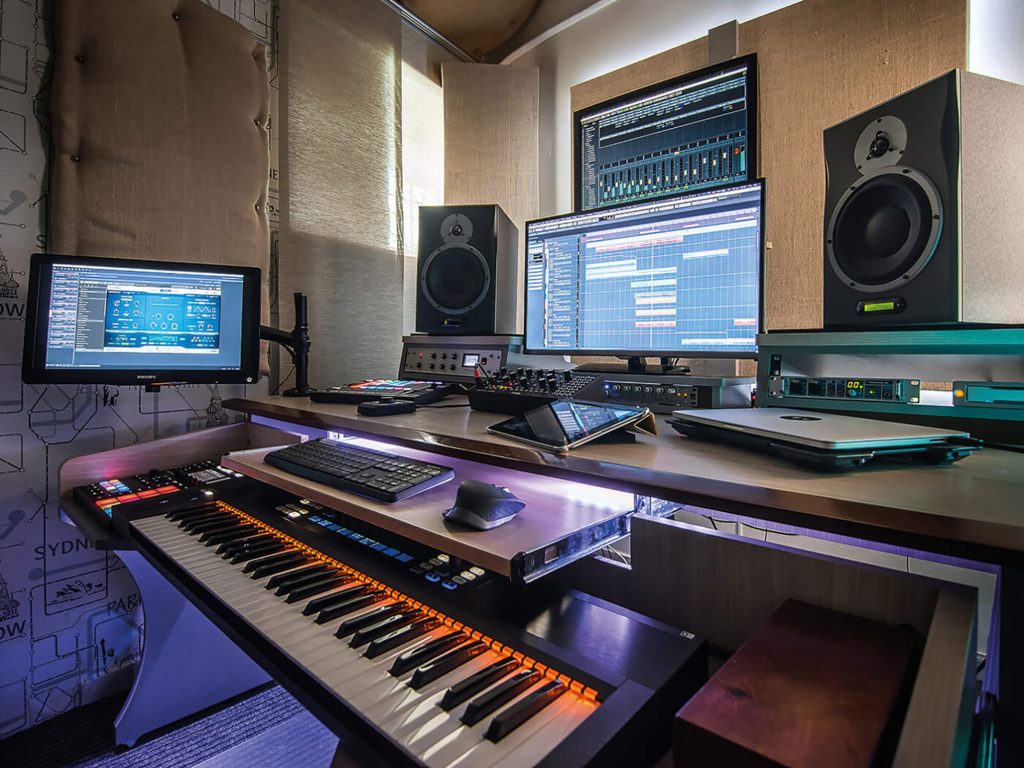Top 5 Useful Tips to Keep in Mind When Mixing Audio

Audio mixing is both an art and a science. Whether you’re working on music production, podcasts, or film soundtracks, knowing how to blend different elements smoothly is essential for achieving a professional sound. Mixing can often feel overwhelming, especially when balancing multiple tracks, but following these core principles will help you create a mix that’s clean, balanced, and captivating. Here are the top five useful tips to keep in mind when mixing audio.

1. Start with a Solid Gain Structure
Before diving into effects, EQs, or creative enhancements, establish a solid gain structure. Gain staging ensures that your audio levels are neither too loud nor too quiet, preventing distortion and preserving dynamic range.
- Why it matters: A poor gain structure can cause unwanted clipping or result in a weak, inconsistent mix. Maintaining headroom (around -6 dB on the master fader) allows space for processing and prevents distortion.
- Tip: Use fader levels to balance the mix and set the loudest peak at around -6 dB, leaving room for mastering.
2. Use EQ to Create Space
EQ (equalization) is one of the most critical tools in mixing. Use EQ to carve out space for each instrument or vocal to breathe within the frequency spectrum. This prevents tracks from clashing and results in a cleaner mix.
- Why it matters: Frequency clashes between instruments can muddy your mix. For instance, if a guitar and vocal both occupy the midrange, they’ll compete for space and lose clarity.
- Tip: Use subtractive EQ to remove unnecessary frequencies from each track rather than boosting. This frees up space in the mix, making individual elements clearer.
3. Control Dynamics with Compression
Compression is key to controlling dynamics in your mix, whether it’s evening out vocal performances or making drums punchier. Compressors reduce the dynamic range of a signal, helping to maintain a consistent volume and focus on critical elements.
- Why it matters: Without compression, some parts of your track might be too loud while others are too soft, making the mix feel unbalanced.
- Tip: Use gentle compression on individual tracks and the mix bus to smooth out levels without squashing the life out of your mix. Start with a low ratio (e.g., 2:1) and tweak attack and release times to shape the dynamics.
4. Use Reverb and Delay Tastefully
Reverb and delay can add a sense of depth and space to your mix but using them excessively can muddy the sound. Be selective about where and how you apply these effects.
- Why it matters: Overusing reverb or delay can cause tracks to sound washed out and lose definition. Used tastefully, they can create a sense of atmosphere and make your mix feel cohesive.
- Tip: Use shorter reverbs for rhythm sections to avoid cluttering, and longer reverbs or delays on lead vocals or instruments to enhance presence without overpowering other elements.
Final Thoughts:
Mixing is about finding the balance between creativity and technical precision. By focusing on these five essential tips—gain structure, EQ, compression, panning, and reverb/delay—you’ll be better equipped to craft mixes that are clear, dynamic, and professional. Remember, your ears are your best tool, so trust your instincts and don’t hesitate to experiment!